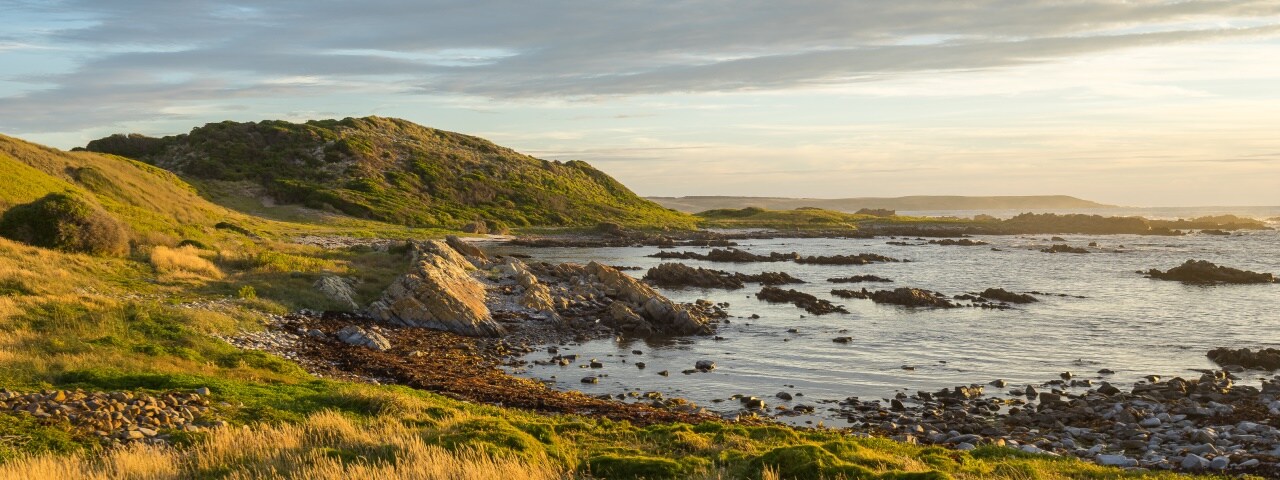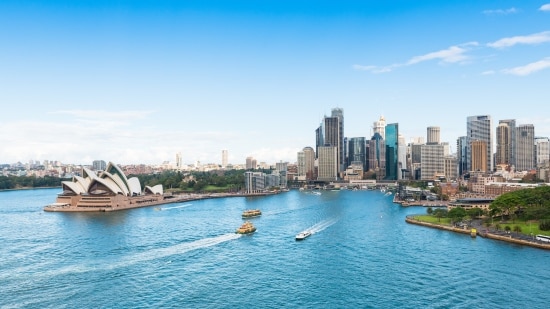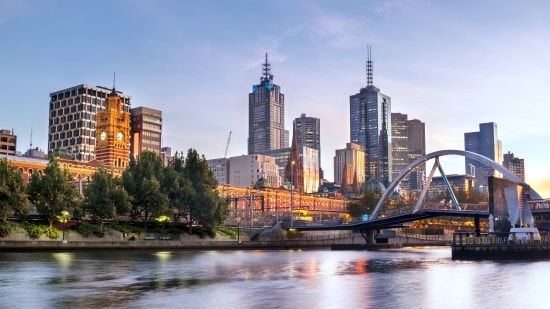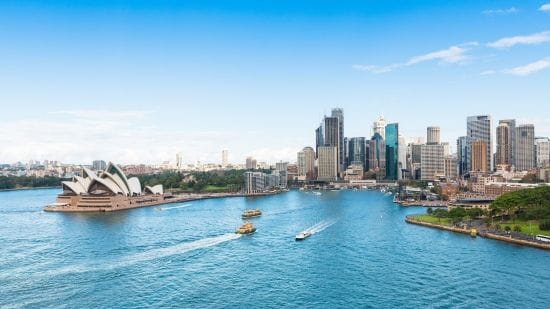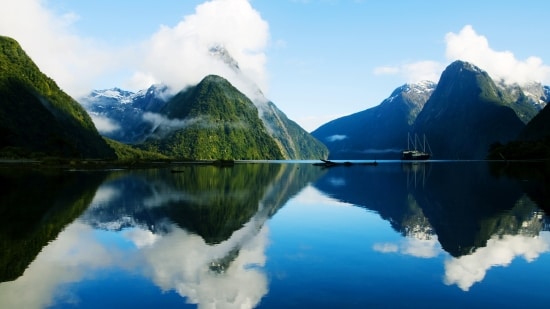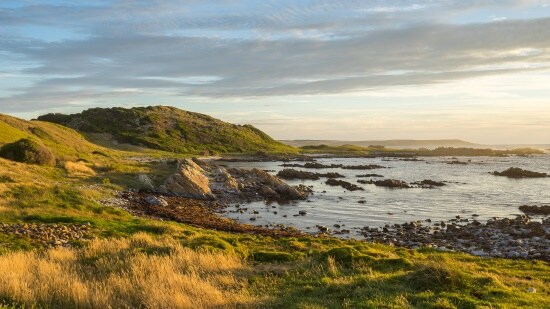Both the island’s physical appearance and human history have been shaped by its setting – right in the path of the Roaring Forties, long-feared winds that reach latitudes of between 40 and 50 degrees south. With a beautifully rugged and windswept coastline, it’s unsurprising that some of the island’s earliest European inhabitants were shipwrecked here. Today, K.I. still experiences some pretty wild weather, but is home mainly to dairy farmers rather than stranded sailors, hunters and sealers.
The island is almost 40 miles long from the northernmost point of Cape Wickham to Stokes Point in the south; and 17 miles at its widest point. The landscape largely consists of rolling hills where cattle graze (cows well outnumber people here) and protected bushland, sweeping beaches and sand dunes. There’s no public transport, so you’ll need to hire a car in order to explore. Be sure to embrace the slow pace of life, acknowledge other road users with a small wave and view delays caused by cows on the road as just part of King Island life. No one’s in a hurry here.
The main town is Currie – but with a population of around just 700 people, it’s less of a buzzing metropolis and more of a rural town where everyone knows each other by name. This commercial hub is home to most of the island’s businesses, including the King Island Bakery, which is something of a K.I. icon, and a handful of charming eateries where you can sample the island’s famed culinary produce (more on that below). It’s worth spending some time walking around the town and down to the pretty harbour; the only shelter along the blustery west coast.
If you ask most Australians what they know about K.I., there’s a high chance they’ll reference its cheese. Just north of Currie is the King Island Dairy, where you can learn about the process of cheese-making and taste some of the produce, which ranges from Brie and Camembert to the aptly-named “Roaring Forties” blue. It’s heaven on earth for turophiles. Aside from its cheese, King Island is known for its succulent beef and fresh seafood such as sea elephant oysters and king crab.
A real highlight of visiting one of Australia’s lesser-visited islands is that you’ll rarely have to share its beautiful beaches with another soul. Glorious stretches of untouched white sand punctuate the rocky peninsulas and outcrops. While most are empty, you may find a few surfers seeking out some of the region’s best waves. Alternatively, you can tee-off at one of three golf courses, head out early on a walk to seek out an elusive platypus or go horse-riding on the beach.
The island’s natural wonders are also a joy to explore. On the southwest coast, Sea Rocks State Reserve is home to the calcified remains of an ancient forest and the island’s tallest cliffs. If you like hiking and coastal views, we highly recommend the Copperhead Walk, which follows the west coast and takes about an hour-and-a-half to complete. On the northeast coast, the larger Lavinia State Reserve encompasses coastline, bush, wetlands and lagoons. This region is a haven for wading birds and is on the migratory path of the rare orange-bellied parrot.
At the island’s northernmost point, Cape Wickham, you’ll find one of the tallest lighthouses in the Southern Hemisphere. Standing at 48 metres, this mid-19th-century structure was built to warn mariners off the rocks that claimed many ships travelling along the strait. You can learn more about the island’s maritime heritage by keeping an eye out for the many signs along the Maritime Trail; a must for history buffs.
The island’s only airport is located just outside Currie and can be reached in a 40-minute flight from Melbourne. Simply contact our team and we’ll arrange everything you need to charter a private jet to King Island, Australia.
